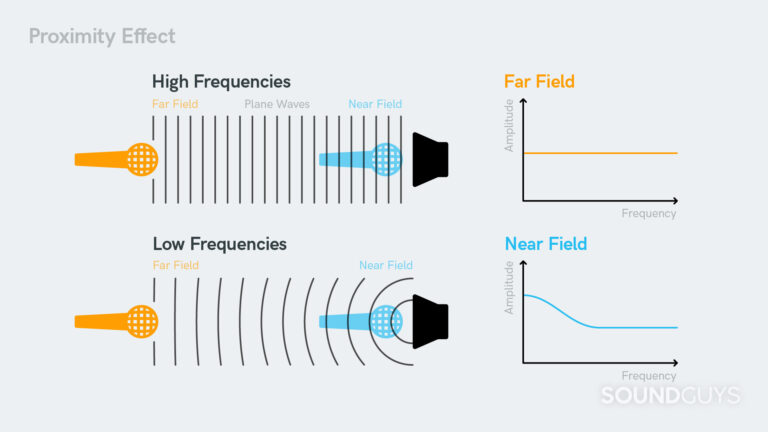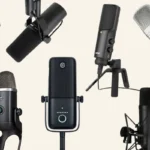Hello, fellow audio enthusiasts and curious minds! As a passionate recording engineer and microphone aficionado, I’m excited to dive into the world of microphone frequency response with you. Understanding how microphone frequencies work is crucial for making informed decisions when selecting and using microphones in your recording projects. In this comprehensive guide, we’ll explore what frequency response is, how it affects your recordings, and how to interpret frequency response charts to choose the best microphone for your needs.
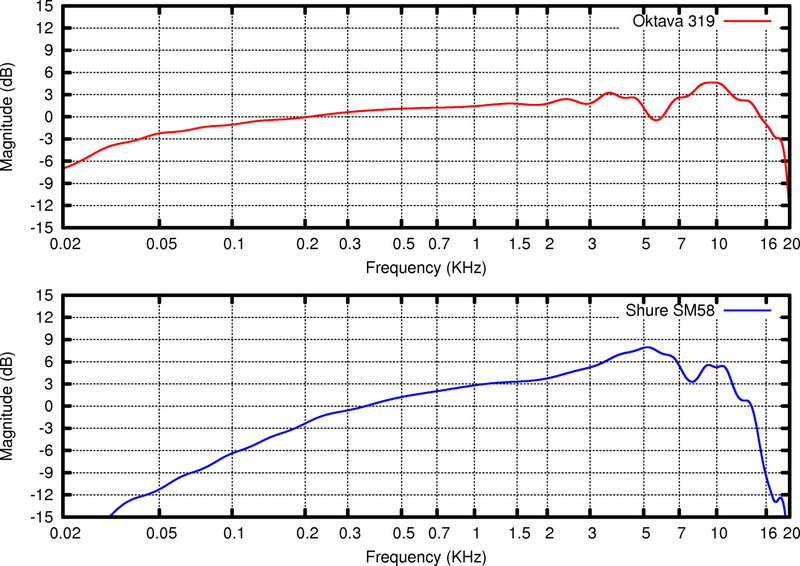
What is Microphone Frequency Response?
Microphone frequency response refers to how a microphone captures and reproduces sound across the audible frequency spectrum, typically ranging from 20 Hz to 20 kHz. It is a measure of the microphone’s sensitivity to different frequencies and how accurately it translates acoustic energy into electrical signals.
In simpler terms, frequency response determines how well a microphone picks up low, mid, and high frequencies, and how it colors or shapes the sound of your recorded audio.

Why is Frequency Response Important?
A microphone’s frequency response has a significant impact on the tonal character and overall sound of your recordings. Different microphones may emphasize or attenuate certain frequency ranges, affecting the clarity, warmth, or presence of your captured audio.
Understanding frequency response is essential for several reasons:
- Microphone selection: Knowing how different microphones respond to various frequencies can help you choose the best mic for your specific source and desired sound.
- Tonal shaping: By selecting microphones with specific frequency responses, you can shape the tonal character of your recordings, emphasizing or de-emphasizing certain frequency ranges to achieve your desired sound.
- Mixing and post-production: Understanding frequency response can help you make informed decisions when processing your recorded audio, such as applying EQ or other effects to complement the microphone’s inherent character.
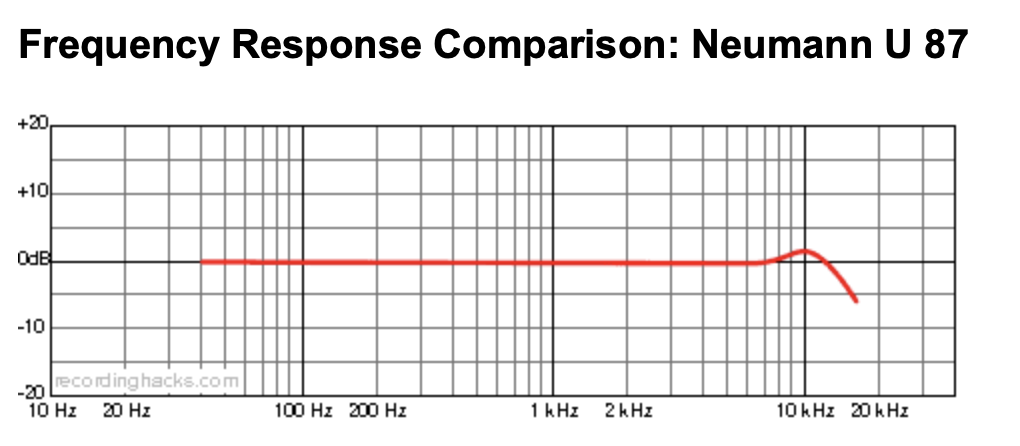
Interpreting Frequency Response Charts
Microphone manufacturers often provide frequency response charts to illustrate how their microphones respond to different frequencies. These charts display the microphone’s output level (in decibels) across the frequency spectrum, typically using a logarithmic scale.
When interpreting a frequency response chart, look for the following key features:
- Flat response: A microphone with a flat frequency response will have a relatively straight line across the audible spectrum, indicating that it reproduces all frequencies evenly without significant coloration.
- Peaks and dips: Peaks in the frequency response chart indicate that the microphone is more sensitive to those specific frequencies, while dips show reduced sensitivity. These variations contribute to the microphone’s unique character and tonal shaping.
- Roll-off points: The high and low-frequency roll-off points show where the microphone’s sensitivity starts to decrease, typically at the extremes of the audible spectrum. A gentle roll-off can help reduce unwanted noise or rumble.
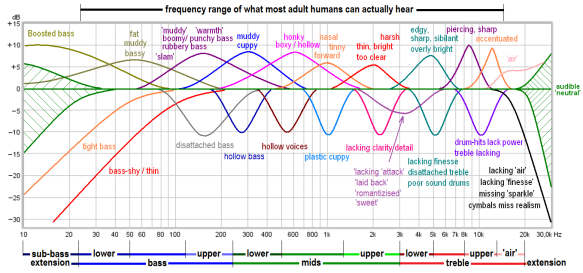
Common Frequency Response Characteristics
Different microphones exhibit various frequency response characteristics that contribute to their unique sound and suitability for specific applications. Some common characteristics include:
- Presence boost: Many microphones have a slight boost in the upper midrange frequencies (around 5 kHz), which can help improve clarity and intelligibility, particularly for vocals and speech.
- Proximity effect: Some directional microphones (e.g., cardioid) exhibit a proximity effect, which is a boost in low frequencies when the source is close to the microphone. This effect can be used to add warmth and depth to a source.
- High-frequency detail: Microphones with an extended high-frequency response (up to 20 kHz or beyond) can capture more air, sparkle, and detail in the upper frequencies, which can be desirable for sources like acoustic guitars or cymbals.
- Smooth midrange: A microphone with a smooth, flat midrange response can provide a natural, uncolored sound, making it a versatile choice for a wide range of sources.
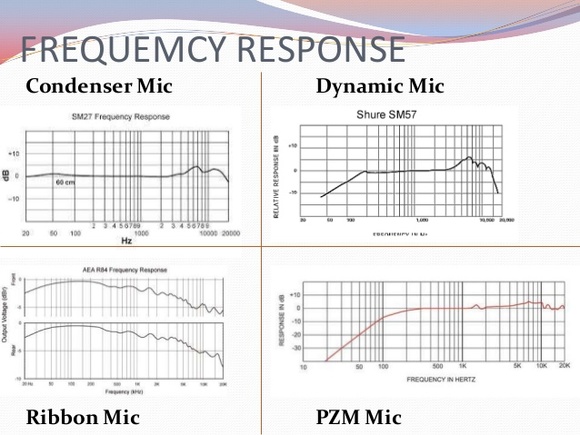
Choosing a Microphone Based on Frequency Response
When selecting a microphone for a specific application, consider the following factors related to frequency response:
- Source characteristics: Think about the inherent tonal character of your source and which frequency ranges you want to emphasize or attenuate. For example, a microphone with a presence boost might be a good choice for vocals, while a mic with an extended low-frequency response could be ideal for kick drums or bass instruments.
- Desired sound: Consider the overall sound you want to achieve in your recording. Do you want a warm, vintage vibe or a crisp, modern sound? Choose a microphone with a frequency response that complements your desired aesthetic.
- Microphone pairings: When using multiple microphones in a recording, consider how their frequency responses will interact and complement each other. You may want to choose microphones with different frequency responses to capture a more complete and balanced sound.
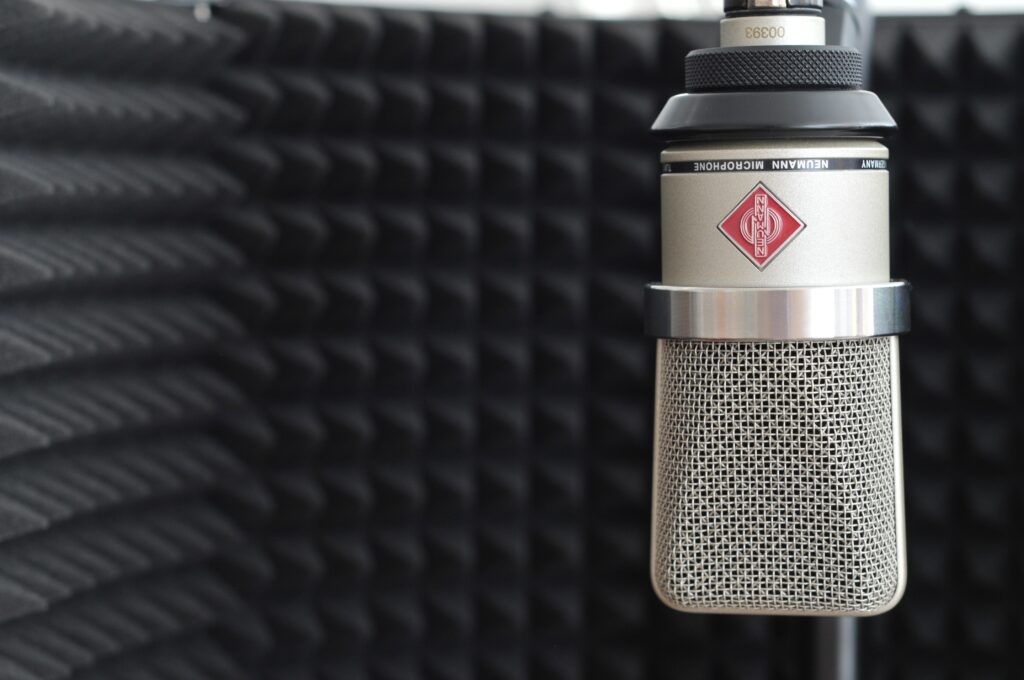
Conclusion: How Microphone Frequencies Work
Understanding microphone frequency response is a critical skill for any recording engineer or audio enthusiast. By knowing how microphone frequencies work and how to interpret frequency response charts, you can make informed decisions when selecting and using microphones in your recording projects.
Remember that while frequency response is an essential factor, it’s not the only consideration when choosing a microphone. Other factors like polar pattern, sensitivity, and transient response also play a role in shaping the sound of your recordings.
As with any aspect of audio recording, the key is to experiment, listen critically, and trust your ears. Don’t be afraid to try different microphones and techniques to find the perfect combination that brings your creative vision to life.
Happy recording, and may your newfound knowledge of microphone frequency response guide you to stunning, immersive audio experiences!
